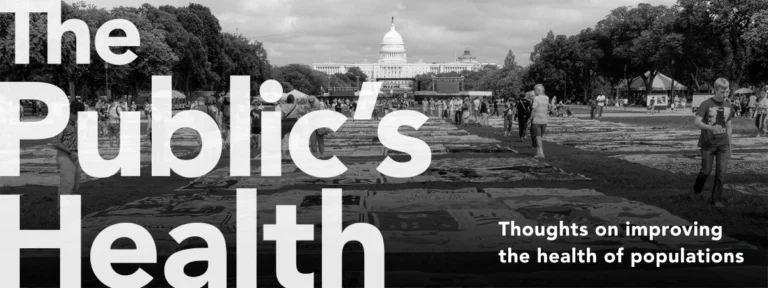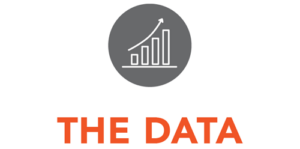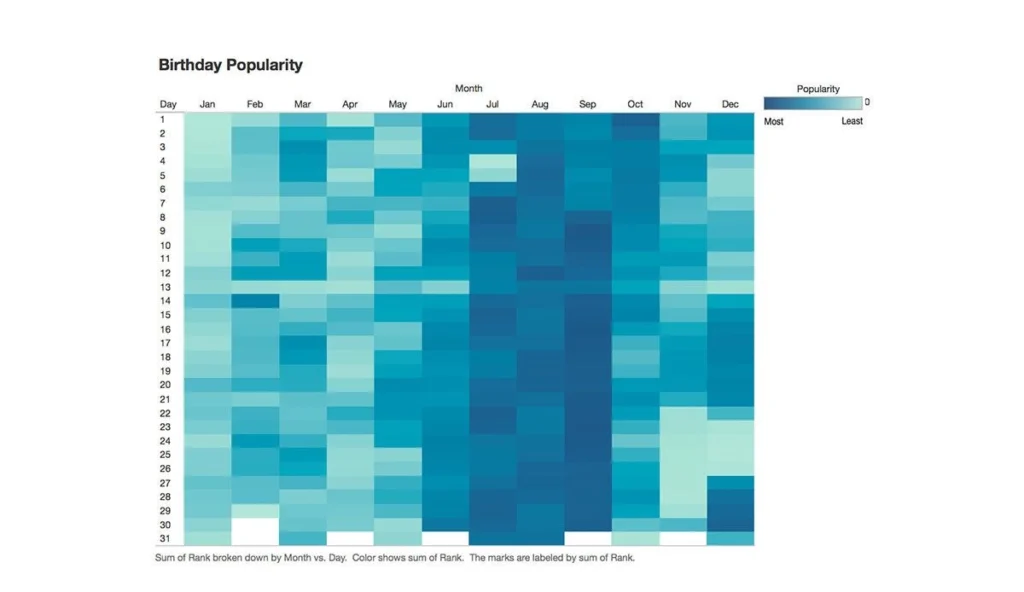Maybe the End of HIV
Reaching an end to this disease will require new attention to health systems and social stigma, to geography, to housing and outreach, to the long work of public health.

Read Time: 4 minutes
Published:

Maybe the End of HIV
For 40 years, HIV has been our most politically charged illness and the defining health challenge of our time. Our recollection of these decades contains visceral images of Kaposi’s sarcoma, a quilt that covered the National Mall, bodies of Giacometti emaciation, of Silence=Death written under overpasses, of fake blood thrown on politicians. HIV has been a disease of private hiding and public protest. It has been the disease of demands: for civil rights, for medical rights, for open and shared science, for enhanced and coordinated funding. HIV and its trail of discontent has driven the study of health disparities and animated global health.
At the same time, the world of HIV care over the last two decades has seen a great, almost miraculous, revolution. Today, a 35 year old who was HIV-infected in 2018 and takes her daily medication adherently has the life expectancy of a 35 year old without HIV infection. Monthly injections of long-acting HIV drugs look to be as good as daily pills at suppressing the virus, creating easier treatment. Medication to prophylactically prevent infection is 95% effective. Recent reports of two persons “cured” of HIV have created hope and impatience.
Despite these stunning advances, disparities in detection and care characterize the disease. More half than of new HIV cases in the US today occur in seven, mostly southern, states, in forty-eight, mostly rural, counties. In these states nearly half of those infected don’t know they are infected and, therefore, infectious. Those who don’t know their HIV status or are not receiving anti-viral treatment are connected to 81% of new infections. The epidemic has shifted to groups that are hard to test, hard to get started on preventive care, hard to keep on daily medication: persons who inject stimulants, men on the down-low, the mentally ill, the homeless, the rural poor with no health insurance. Lack of information, lack of trust of providers, unfamiliarity with services, and refusals of testing and treatment due to social rejection and privacy concerns make the delivery of care more challenging for these groups. Even among persons enrolled in AIDS clinical trials who have found their way to cutting-edge medical treatment, blacks and Hispanics have poorer outcomes.
The president recently announced a plan to end America’s epidemic of HIV within 10 years. That, however, is not going to succeed easily. The challenges that characterize HIV transmission in the US will be hard to overcome. There will be upticks along the way as other STIs rise and needle exchange programs remain outside the law or close up shop. And plans from government agencies to allow private Medicare plans not to cover certain drugs run directly counter to this goal. Reaching an end to this disease will require new attention to health systems and social stigma, to geography, to housing and outreach, to the long work of public health.
Warmly,
Michael Stein & Sandro Galea

HOMES AND EMOTIONAL HEALTH
There are nearly 3 million homeless high schoolers in the United States. The great majority are not unaccompanied runaways, but are homeless within families, accompanying parents or adult family members. These researchers found that these teenagers, despite family companionship, have twice the rate of self-injury, suicide attempts, and emotional distress as housed youth. Although parental connectedness and positive self-identity can be buffering, teenagers in the midst of family homelessness are at high risk for mental health problems.

CHRISTMAS COPULATION INCREASES FALL POPULATION
In 2006, the New York Times ranked the most common birthdays in the United States between 1973 and 1999. In the graph above, more popular birthdays are represented as darker shades of blue. September was the most common month, September 16 the most common date. The least common birth dates were February 29, December 25, and January 1.
The popularity of September birthdays isn’t happenstance. Given that September slides in nine months after December, one could presume that holiday celebrations are connected to the high number of September births. This is further evidenced by a September 16 birth date corresponding with a December 24 conception date.
A 2017 study conducted at Indiana University took a deeper look into the cultural factors that influence incidence of human sex patterns. The researchers analyzed Google search trends and Twitter data to measure intercourse frequency and mood fluctuations around Christmas and Eid-al-Fitr. They found these holidays to be closely tied to frequency of intercourse, even after adjusting for excess free time. Higher frequency of intercourse was found to be linked to people’s elevation in happiness in direct response to the holiday season. September trends were consistent across all countries that celebrated Christmas on December 25, and birthday trends in predominantly Muslim countries moved in correspondence with the end of Ramadan.—Erin Polka, PHP Fellow
Feature image by Erin Polka.





